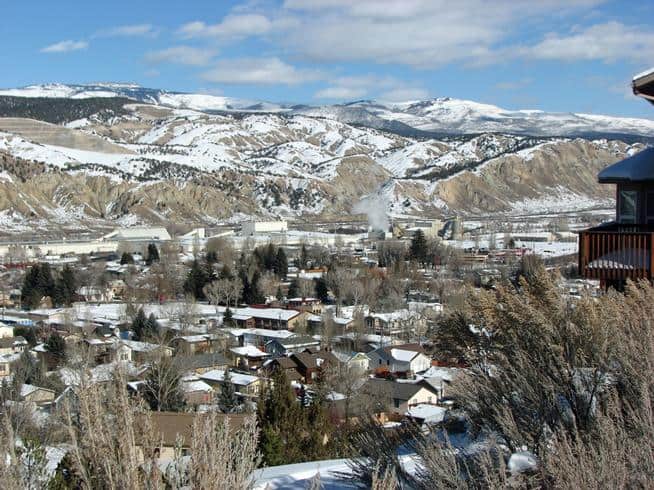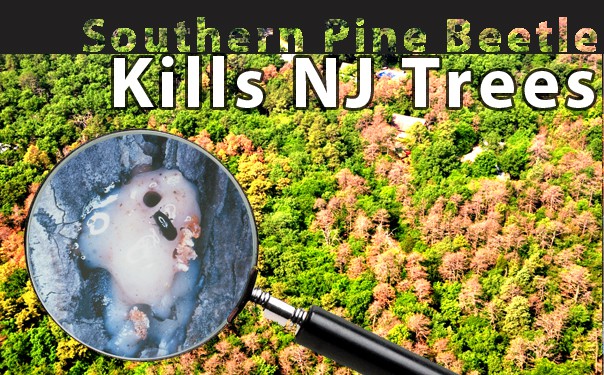David Beebe made some statements implying attribution of the recent typhoon to climate change here, which reminded me that I thought these comments by Roger Pielke, Jr. on his blog to be of interest to us. First, there are similarities between the disasters we deal with (fires and floods) and other disasters.
and (shades of our discussions about people simply moving out of wildfire country)
Sound familiar? But going back to the Gilbert White quote, the idea that extremes are now thought by some to be themselves “Acts of Man” leaves the Deity out of the equation entirely (I wonder how She feels about that? ;)).
Those of us who are familiar with historical prophets may feel a resonance with “repent or God will destroy the world,” to “repent or Humanity will destroy the world.” I wonder whether, if given the facts of the situation, it’s ultimately brain chemistry that determines whether you tend to trust that people (aligned with Spirit, if that’s your belief system), will ultimately prevail in making a better world, or not. Many of us on the blog are old enough to remember that we were thought to be close to nuclear annihilation at one time. Is some level of fear of the future a part of human brain wiring, and the space is filled by “sinners” “nuclear warfare” “climate change” depending on who gets closest to the media with their fears? Is there a “right” balance to living in the moment and planning for the future? Do certain personality types tend to focus on the current versus the future? Where does “planning for” cross the line into “worrying about”? (Hmm.. that was pretty philosophical).
Also of interest is the way the interviewer asks questions and Roger pushes back when he thinks they are “ill-posed.” Harder to be that quick in a real time interview than a written one.
Seth Borenstein of AP sent me an email asking some questions, my quotes didn’t make it into his story, but here they are:
Here are ten questions:
1. What human factors do you see in play here in Typhoon Haiyan?
RP: If you are referring to the physical qualities of Haiyan, then I will defer to the recent IPCC AR5: “In summary, this assessment does not revise the SREX conclusion of low confidence that any reported long-term (centennial) increases in tropical cyclone activity are robust, after accounting for past changes in observing capabilities.”
That means that the scientific evidence does not presently support claims of attribution of the effects of greenhouse gas emissions on tropical cyclone behavior with respect to century-long trends (much less the behavior of individual storms). The IPCC AR5 cites some of our peer-reviewed work in its report (Weinkle et al. 2012, Journal of Climate).
Our peer-reviewed work suggests that assuming model predictions for future changes in tropical cyclone behavior are perfectly accurate (for a range of models) that it will be many decades, even centuries, before such a signal can be detected in trend data. More generally, I have written: “In practical terms, on timescales of decision making a signal that cannot be seen is indistinguishable from a signal that does not exist”
Of course, there are scientists willing to go beyond what can be supported empirically to make claims at odds with the overwhelming scientific consensus on this subject — e.g., Mann, Francis, Masters are always good for inscrutable and unsupportable quotes. Such outlier views are welcomed, as help to push science forward. But they are also a minefield for journalists, politicians and activists who may cherry pick them as if they are somehow representative.
2. What about poverty and coastal development? How much of those were as factors?
RP: In general there is an inverse relationship between loss of life and property damage. The wealthier nations become the less loss of life in big disasters (again, in general). At the same time, more wealth also means more property damage.
While the details of Haiyan’s course of death and destruction will have to await post-disaster assessment, what we can say is that the development of warning systems and responses have led to a dramatic decrease in loss of life to tropical cyclones (and disasters generally) around the world. See:http://www.jpands.org/vol14no4/goklany.pdf
Haiyan, and events like it, tell us that there is still much work to do in addressing vulnerability to disasters. The long-term trends tell us that we have a sense of what actions will be effective in that work.
3. How about construction quality or is this a case with winds (depending on who is measuring) of 150 or 200 mph, is construction no longer an issue?
RP: Construction quality, including standards, enforcement, etc. is always going to be important in locations exposed to high winds. When the intensity is such that it exceeds building capacity to withstand, then it is important to have plans in place for evacuation to safe zones or shelters. To suggest in any situation that “construction is no longer an issue” is probably the wrong way to think about the challenge – construction always matters.
4. What about disaster preparations, quality or lack thereof, as a factor?
RP: The Philippines have centuries of experience with typhoons and the tragedies that can result. The specific lessons from Haiyan (Yolanda there) should await a careful assessment of what worked well and what might be improved. It is premature to speculate.
5. What about sea level rise, especially that attributed to climate change?
RP: Sea level rise is inexorable and relatively slow in comparison to the surges associated with tropical cyclones. It is important to be aware of, especially in the context of long-term planning. It is not possible to identify a “sea level rise” signal in historical normalized losses from tropical cyclones, and of course, not a GHG-driven sea-level rise signal. More generally, when we are talking about 5 meter storm surges, I am not convinced that 3 mm/year of sea level rise is a big issue in the magnitude of disaster losses (because building and adaptation along the coast is continuous and in the context of where the sea is presently), even though sea level rise is (again) real and important to consider in long-term planning and will have economic and social consequences.
6. When you look at all the human factors and then look at all the natural factors, what percentage would you put at human-caused (including poverty, development, population, preparation, construction, and climate change related) and what part natural? And why?
RP: Sorry, I don’t understand this question? What part of what?
Disasters are well understood to be consequences of human development (As Gilbert White used to say, extremes are acts of God, disasters are acts of Man) — where we live, how we live, etc. So you could say that a disaster is 100% human caused. At the same time, without the extreme event there wouldn’t have been a disaster either. So you could say that the disaster was 100% natural caused. Not sure this is a useful question, though I do understand the urge to assign blame. A better question is, what actions can we be taken so that future storms have a lesser human impact?
7. This is an area that normally gets more tropical cyclones than anywhere else in the world and generally stronger ones. And the Philippines are 7000 islands smack in the middle, how much of this is unavoidable? And when we talk unavoidable, what about just avoiding living in dangerous places, does this count?
RP: The same question could be asked of Miami, San Francisco, Tokyo, or Boulder etc etc. As Dennis Mileti used to say, we cannot avoid disasters, but we can shape how we experience disasters. The Philippines are always going to experience tropical cyclones, some very extreme. Similarly, San Francisco is always going to experience earthquakes. The questions to be asked well before an event occurs (or in the aftermath of the most recent event) are how do we want to experience those disasters, and what can we do to shape those experiences via purpose action (which invokes issues of wealth, politics. capacity, etc.)?
8. There’s also a few human factors that lessen disasters _ warning, good construction, disaster preparations, etc. What were their roles here?
RP: Again, rather than speculate we should await rigorous post-disaster assessments. These are important questions that deserve thoughtful approaches.
9. In this case did human factors that lessen disasters outweigh or come close to outweighing human factors that exacerbate disasters? And why?
RP: Ill posed .. see #6.
10. In general, looking at the last decade of mega-disasters worldwide, are human factors worsening or lessening disaster effects? And why?
RP: Overall, globally and over decades, disasters from weather events are resulting in lower damages per unit of GDP and less loss of life. This is a sign that the world is collectively doing better. Events like Haiyan remind us that there is a lot of work still to do, and other very large, consequential disaster events (Japan and Boxing day tsunamis, etc.) also remind us that the human toll can still be very tragic. In this sense disasters are too important to merely serve as a talking point in the debate over climate change and greenhouse gas emissions.

